1948 Ferrari 166 MM Zagato Panoramica
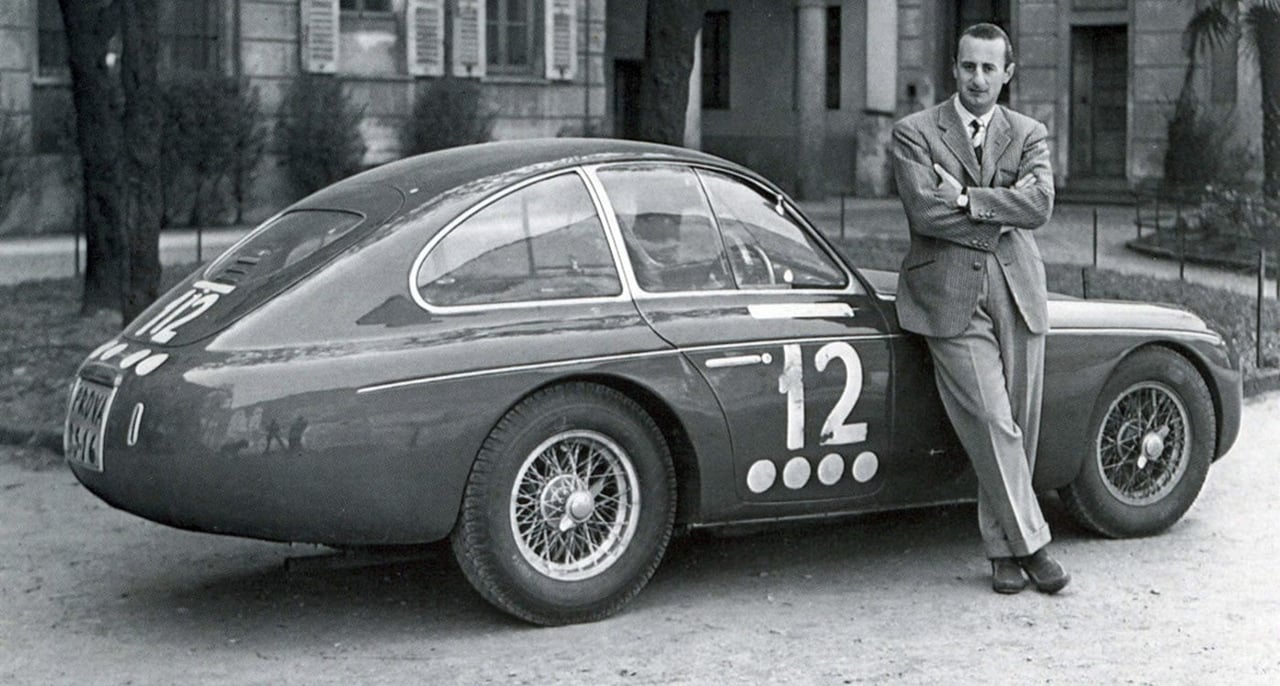
The very first collaboration between Ferrari and Zagato and the very first Ferrari coupé, the 166 MM Panoramica came about after customers began to request lighter Zagato bodies for their new V12s. Just one was built and, such was the way in those days, it was soon re-bodied in the name of competition. What do you reckon? For us, the rearward-skewed canopy is clearly functional and clumsy. And can you imagine trying to find replacements for those curves side windows?
1967 Lancia Flavia Super Sport
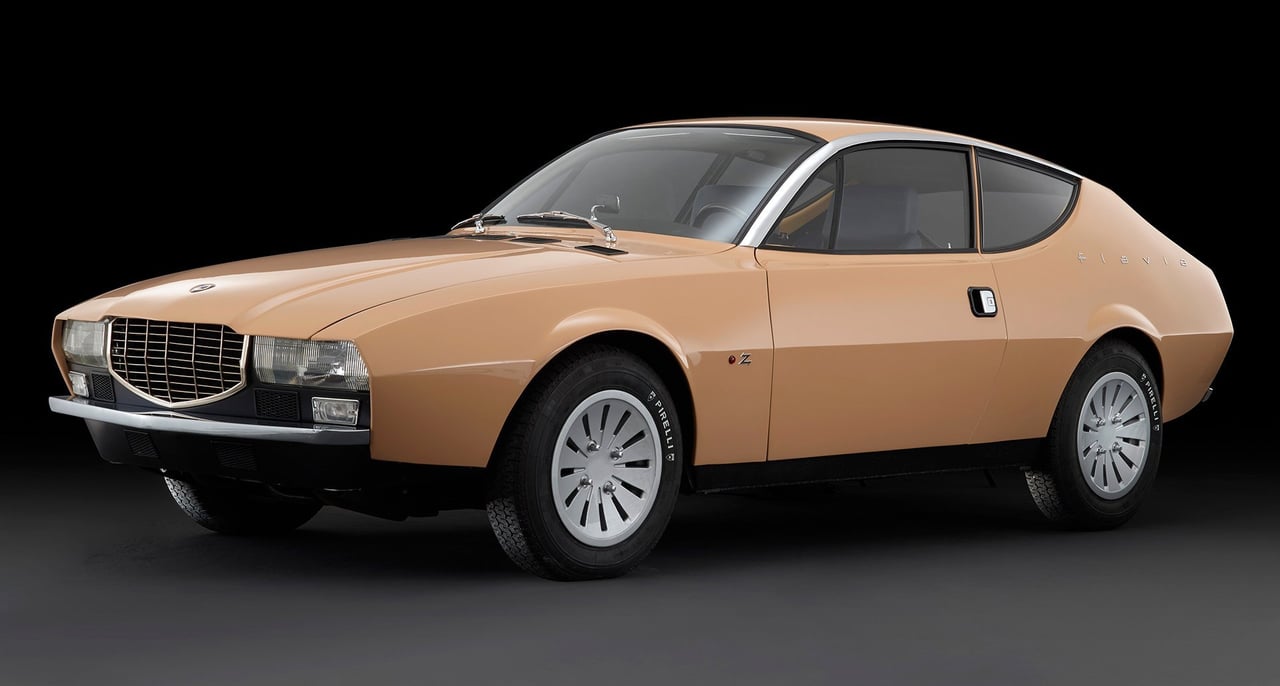
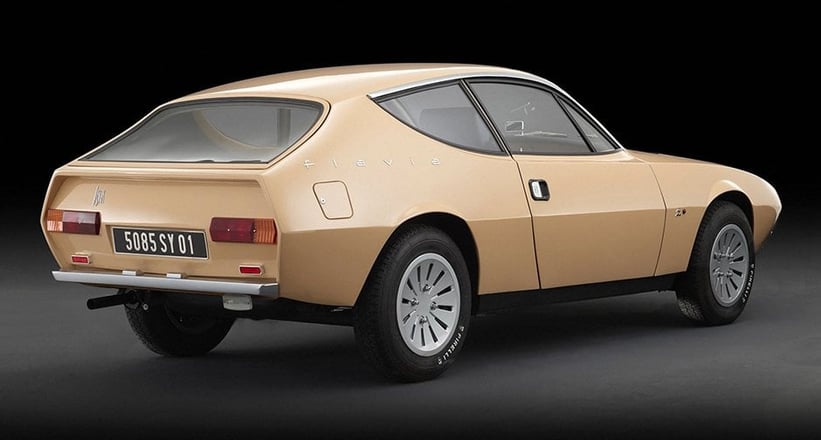
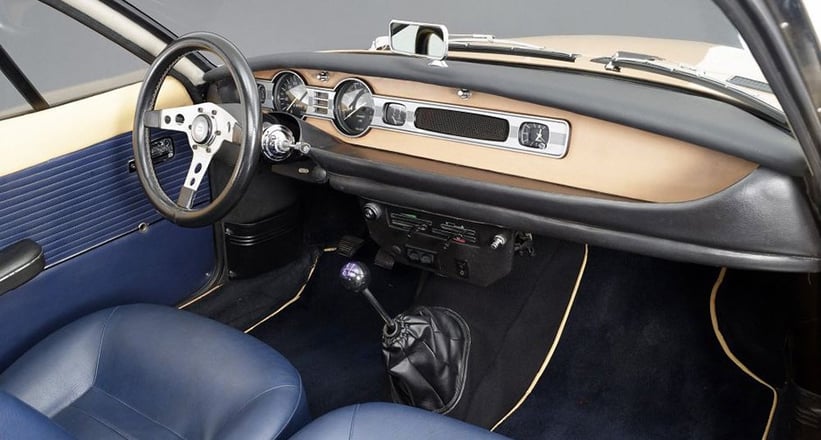
The elliptical side windows of the Lancia Flavia Super Sport are a stroke of genius on designer Ercole Spada’s part. It’s a damned shame that this sporty design study, which was commissioned as part of a plan to offer customers a wider range of Lancia models, never reached production. It successfully fuses sharp, geometric design features such as the intricate nose arrangement with soft, sweeping, feminine curves, which, for 1967, must have been mightily impressive. It looks spritely and light on its feet, as though poised to pounce, and the spaced ‘Flavia’ lettering on its defined hips are the perfect proverbial cherry on the cake.
1970 Cadillac N.A.R.T. Zagato

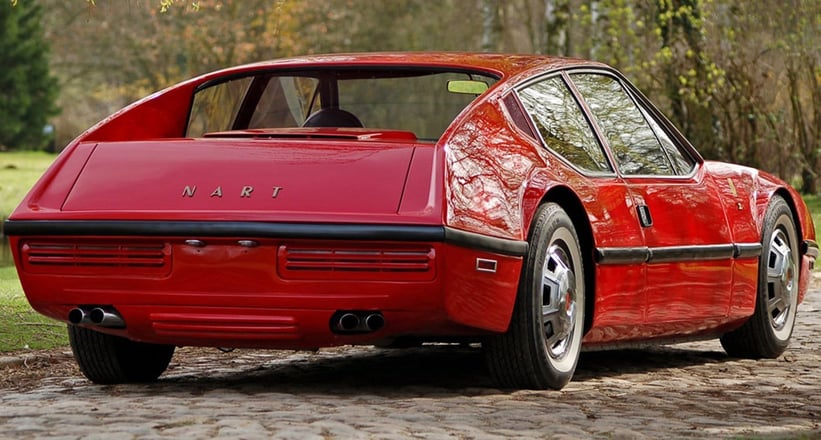
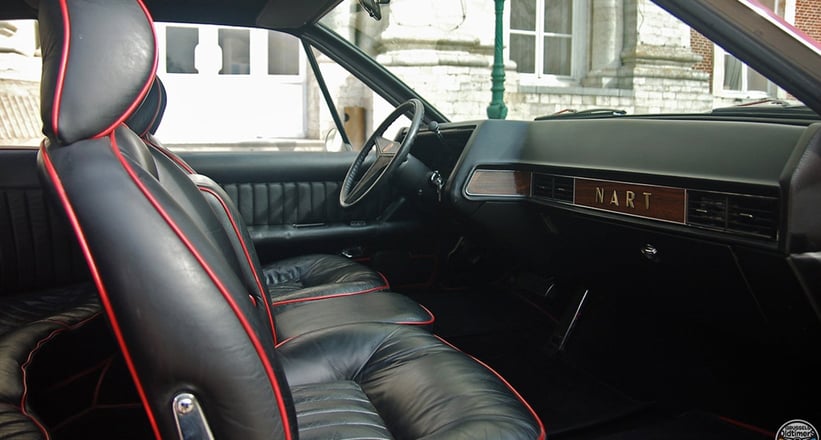
In the face of emissions legislation that threatened to thwart his business importing Ferraris into America, Luigi Chinetti had a lightbulb moment. He would build his own extravagant, European-inspired Grand Tourer, but on the chassis of something built closer to home.
Remarkably, the bigwigs at General Motors bought in to the idea, supplying a specially fabricated Cadillac Eldorado chassis with the engine moved to the rear, a four-speed gearbox and independent suspension and disc brakes at each corner. Enter Zagato. The chassis was sent to Milan to be clothed in a frock not designed by them, but by Luigi Chinetti Jnr with the help of a graduate of the ArtCenter College of Design in Pasadena. GM lost interest, we assume because of the lengthy build process, and the scarlet luxury N.A.R.T. Zagato remained a one-off.
1981 Lancia Beta Coupé HFZ
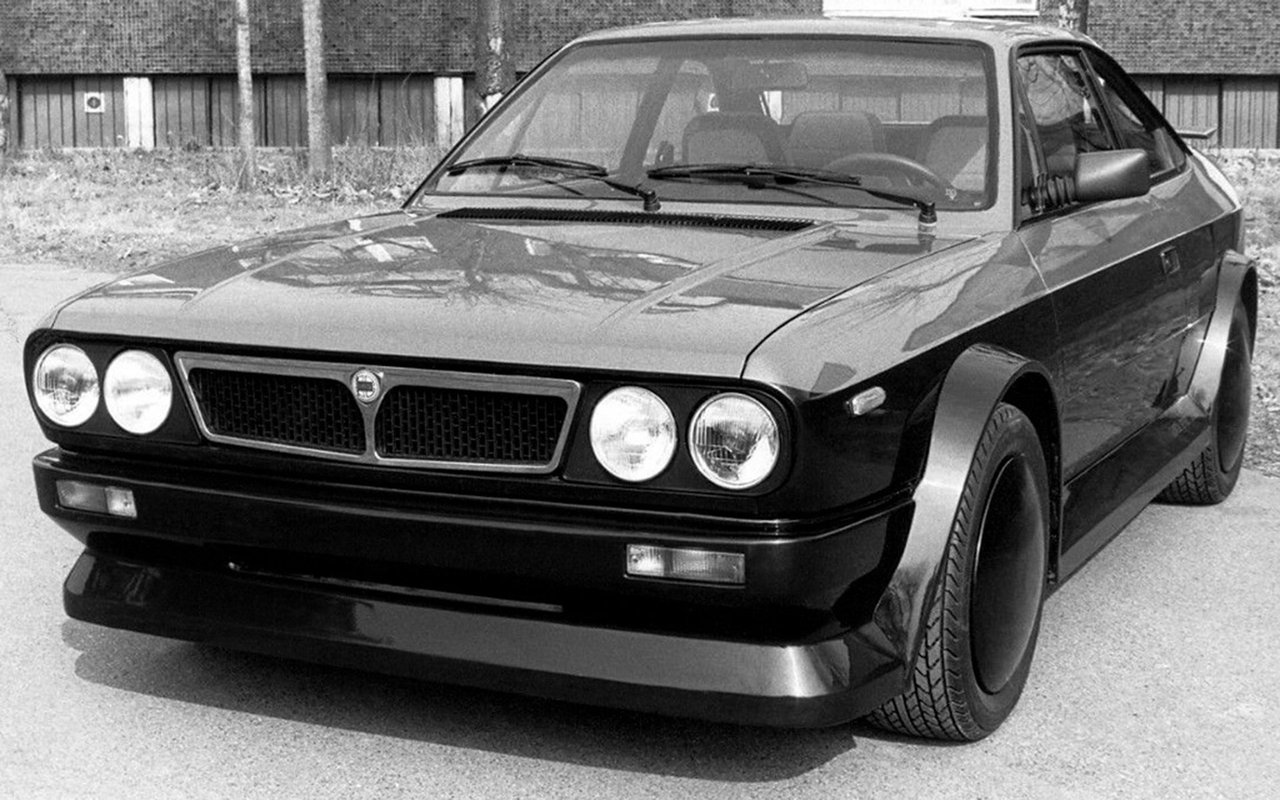
That there’s virtually no information about this one-off Lancia concept on the Internet other than its name, Beta Coupé HFZ, genuinely surprises us. Clearly a case for a racing-inspired version of the modest Beta Coupé, Zagato’s ground-hugging body kit, steroidal wheel arches, large rear wing and two-tone colour scheme lend the Beta an intimidating character and sense of purpose. It’s boxy and brazen and we love it. If anyone has more information, we’d love to hear from you.
1983 Alfa Romeo Zeta 6
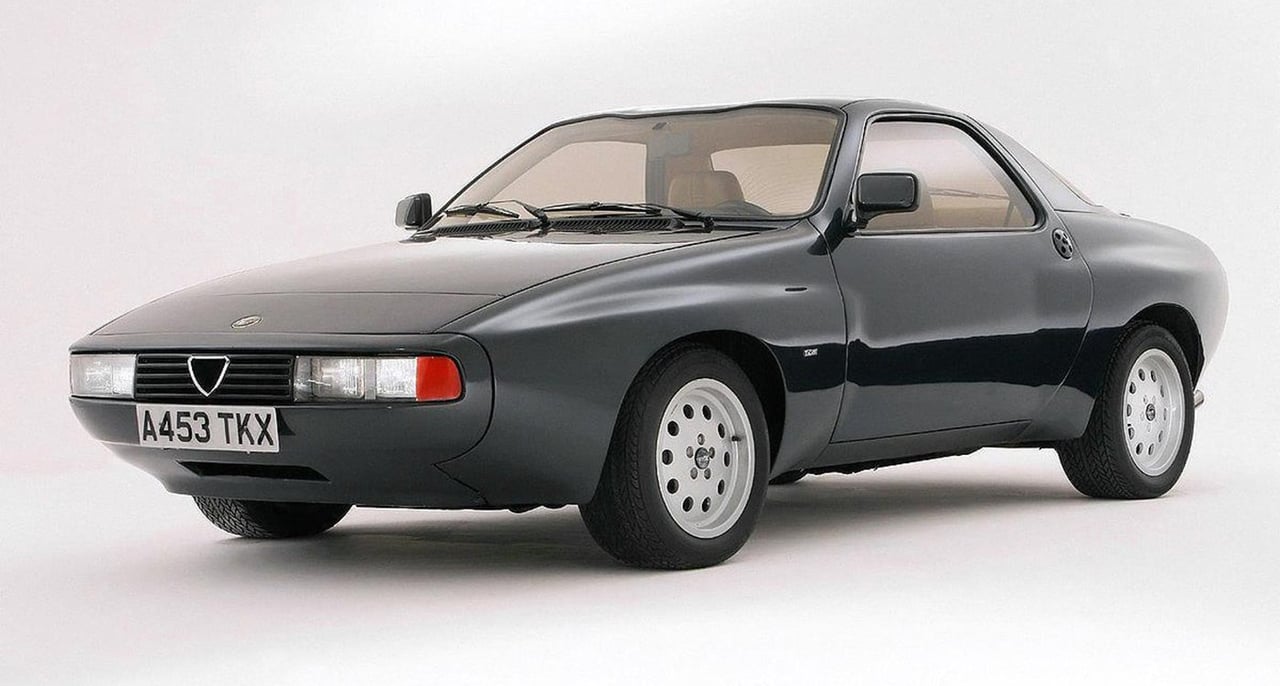
Now here’s an intriguing case of ‘what could have been’. Zagato has never been known for its conservatism, which was why the softly styled Zeta 6 was such a step change. Built on Alfa Romeo GTV6 underpinnings, the Zeta 6 originated as a series of curvaceous sketches by Giuseppe Mittino, who succeeded Ercole Spada at Zagato and was keen to end what had been a long fallow period for the Milanese studio in the 1970s. It wasn’t lost on anyone that the restrained coupé resembled the Porsche 928. Except the Zeta 6 wasn’t nearly as well resolved as the 928, which by this point was already five years old. If the body was in the realms of normal, the fiddly rotary door handles were suitably mad.
1990 Autech Zagato Stelvio AZ1
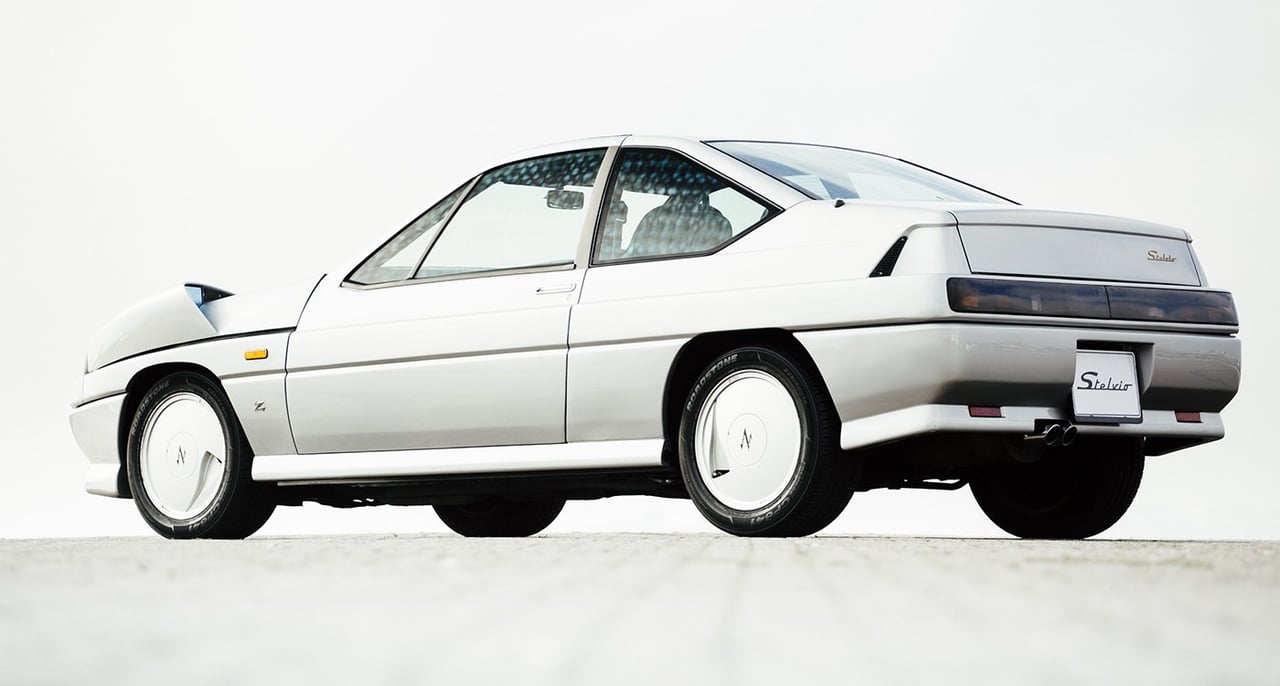

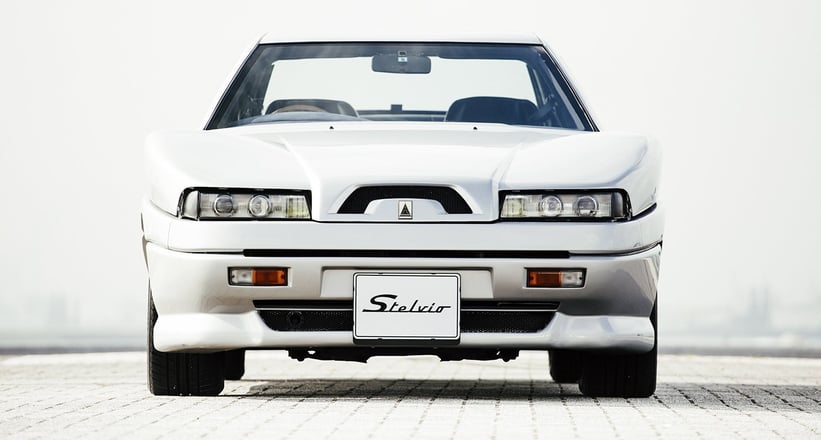
The reason you’ve probably never come across this brazenly styled Zagato saloon is because it was based on a Nissan and sold solely in Japan. Yes, in the mid-1980s Nissan’s native tuning subsidiary Autech was tasked with spicing up the humble Leopard, presumably the capitalise on the wave of wealth that was sweeping the country at the time.
Autech could handle the grizzly bits like the powertrain and chassis, no sweat – its president was Shinichiro Sakurai, father of the Skyline, after all. But for the bodywork, it needed something that would strike people like a karate chop from Mr. Miyagi himself. Who else to turn to but the craftsmen at Zagato in Italy who, judging by their latest of-the-era creations, were enjoying a super-strength harvest of the local grappa?Priced at 18m yen, the Stelvio, as it was christened, was astronomically expensive. In fact, you could buy a Honda NSX-R for less. Together with the divisive styling, it was this that was to be the car’s undoing. It’s believed Nissan sold around just 88 examples before the model was replaced.
1993 Ferrari FZ93
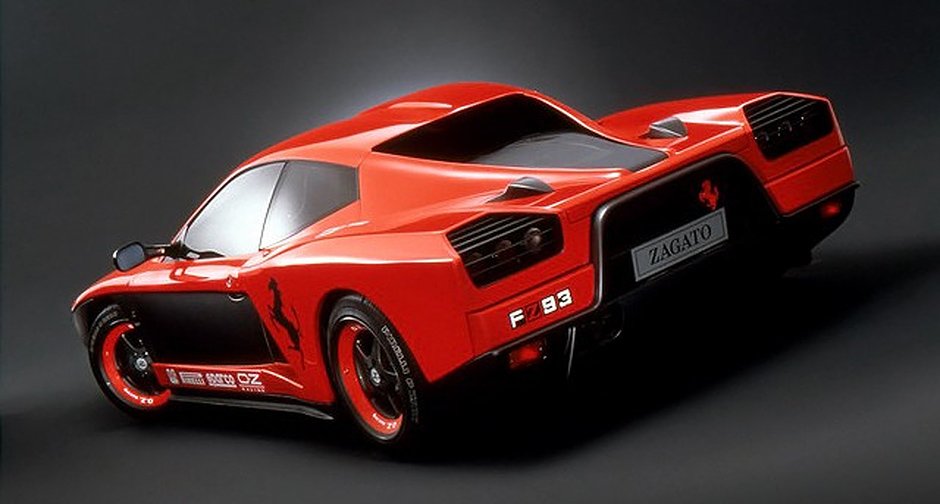
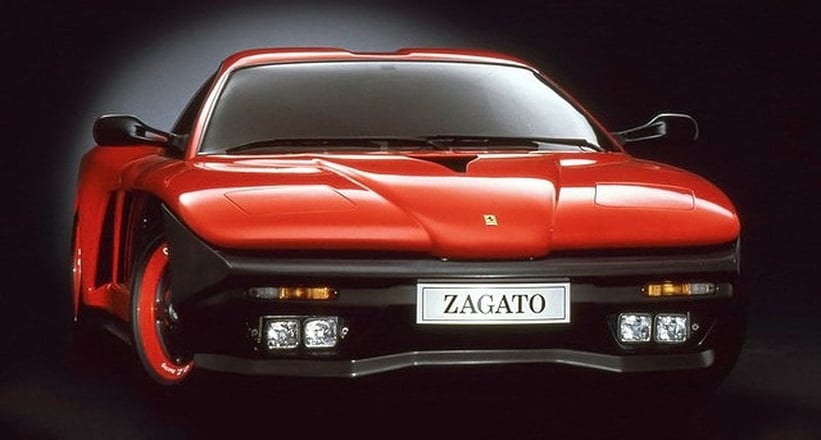
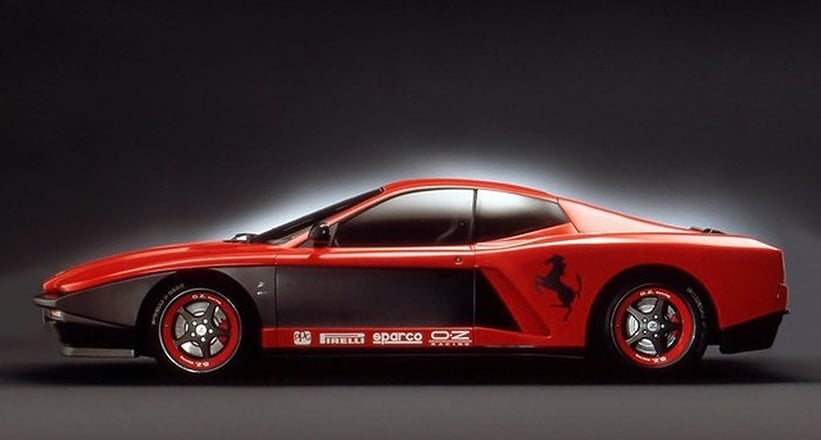
Towards the end of 1992, with design wunderkind Ercole Spada safely back in the fold, the brothers Elio and Gianni Zagato needed a pin-sharp, boundary-pushing car to illuminate a path into their bold and bright future. The result was the Ferrari FZ93, a wild mid-engined mash-up of the chiselled Testarossa and the curvy 643 Formula 1 car. Zagato presented the car at Geneva in a two-tone livery with giant prancing horses on each side. It quickly realised that looked a bit weird and refinished the car in uniform red – a much better solution, but the FZ93 was never really a looker.
1998 Audi Zuma
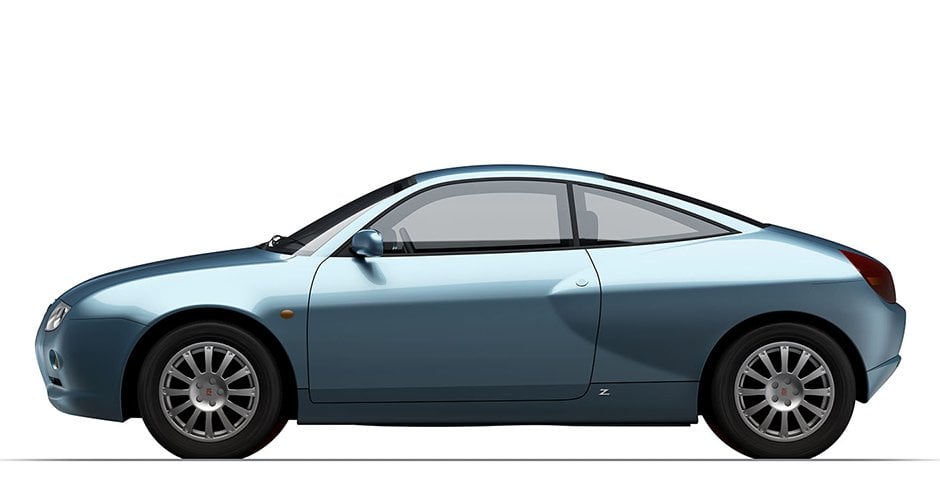
Given that Audi had already presented the TT in concept form, we have to wonder why Zagato turned its hand to a small three-door Audi-based sports car in 1998. The Zuma, as it was christened, was a car of which Zagato was especially proud – the engineers’ brief was to translate the design studio’s signature avant-garde styling while retaining as much of the donor Audi A3 as possible, which it’s fair to say they achieved. While it’s a butcher proposition than the sultry TT, and it adopts many design cues from the Lancia Hyena, we can’t help but feel it suffered a mild case of identity crisis.
1999 Lamborghini L147 Canto
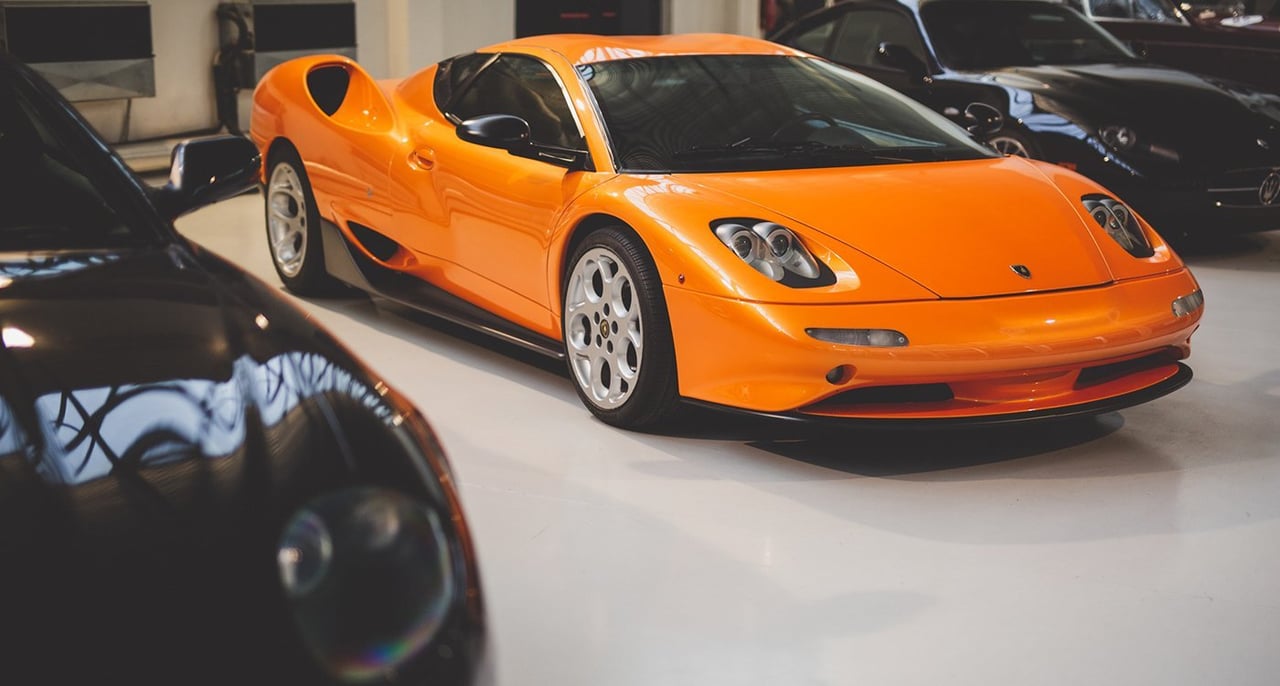
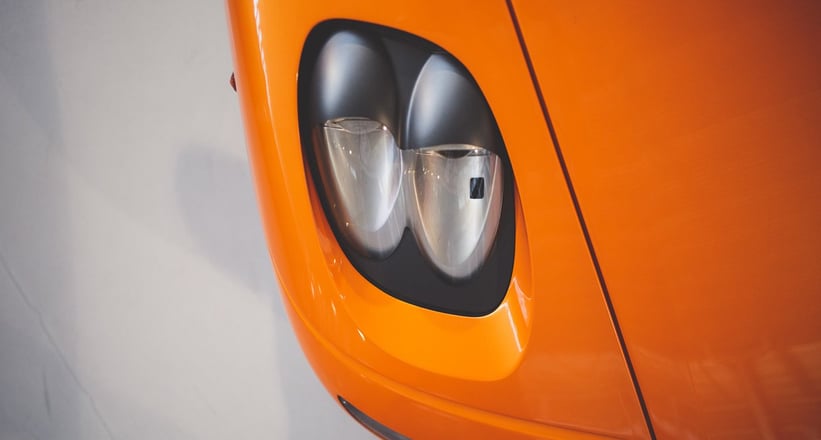
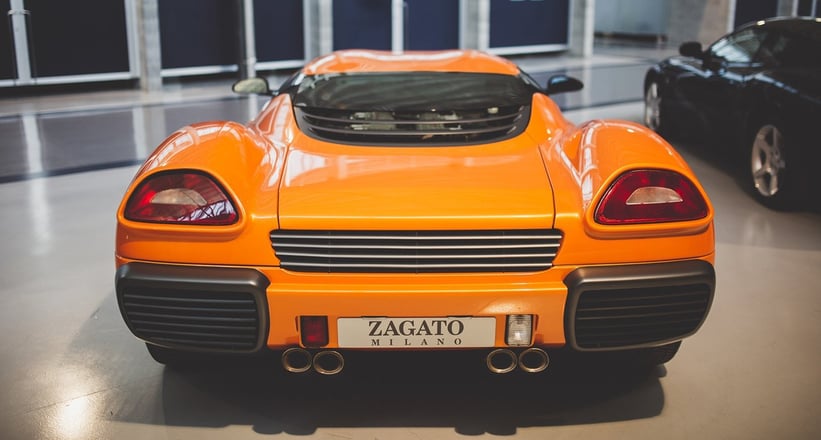
In an alternative universe, the Lamborghini L147 Canto replaced the ageing Diablo at the turn of the millennium, quickly becoming the preferred toy for billionaire playboys, rappers and football players. In reality, the Zagato-designed concept was scrapped by Ferdinand Piëch shorty after Audi assumed control of Lamborghini in 1998. Instead of the oddly styled Canto with its jet fighter-like air intakes, the green light was instead given to a more bullish beast designed by Luc Donckerwolke: the Murciélago.
2007 Spyker C12 Zagato
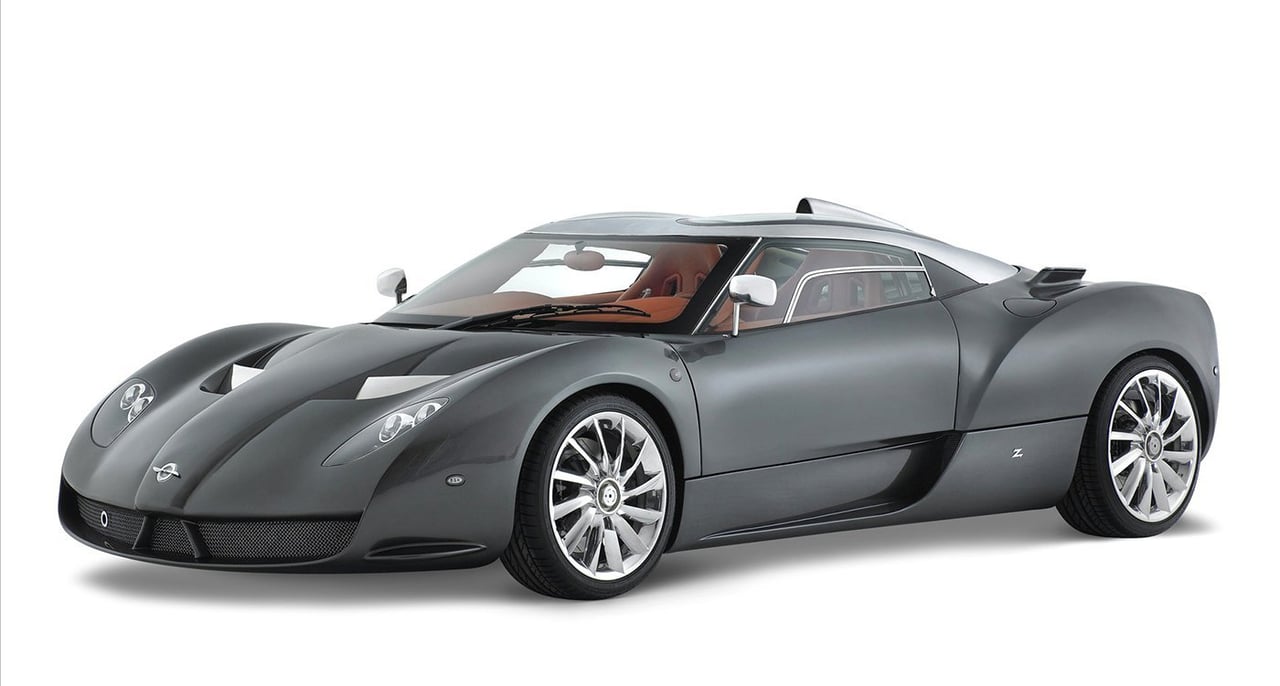
When the history-steeped Dutch brand Spyker audaciously acquired the Midland Formula 1 team in 2006, the world really was CEO Victor Muller’s oyster. Muller had owned many a Zagato car over the years and was quite pally with Andrea Zagato. Buoyed by Spyker’s newfound momentum, the decision was thus taken to create a small series of ultra-special Zagato-designed Spyker supercars based on the quirky Volkswagen-powered C12. Though loosely based on the absurd Lamborghini Raptor concept, the resulting design was textbook Zagato: Marmite on wheels. The 2007 Geneva show car was put together in just four weeks and, appropriately, Formula 1 design cues were aplenty, as were aeronautical-inspired features, harking to both Spyker and Zagato’s roots. Spyker’s modern-era flame burned brightly and quickly, and no C12 Zagatos were sold.
Photos: Zagato, Mathieu Bonnevie, JB Classic Cars, Lopresto Collection, Spyker, eBay



















